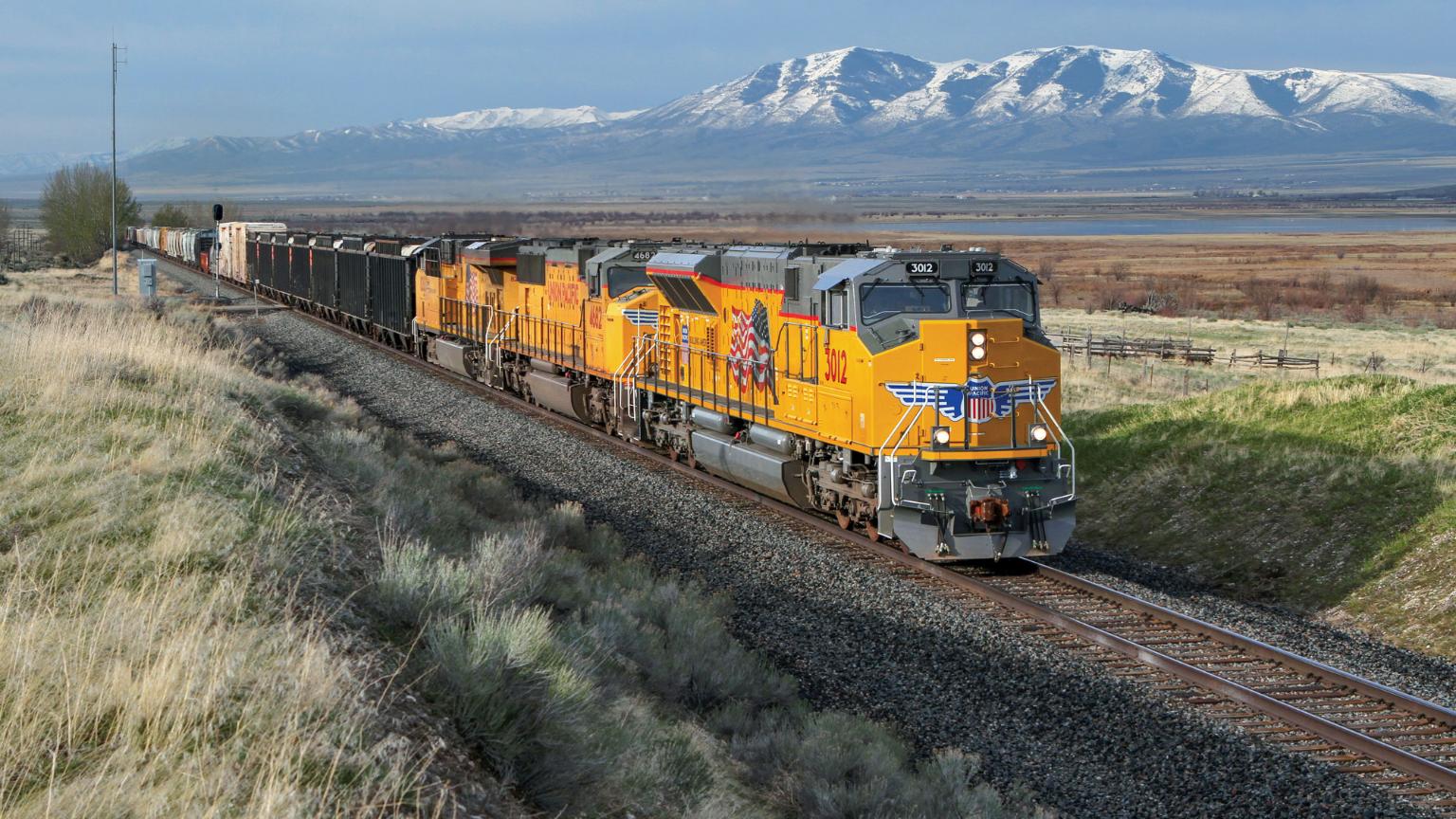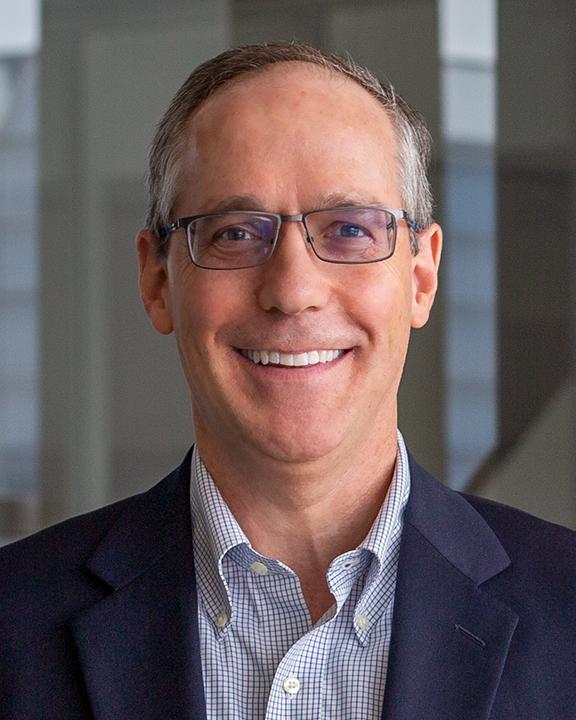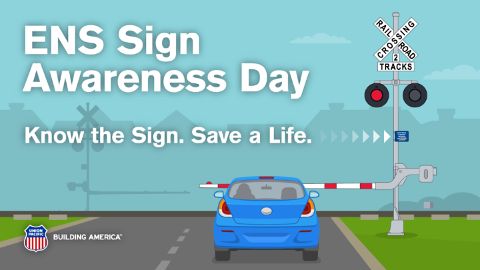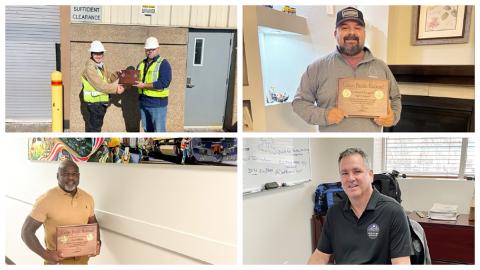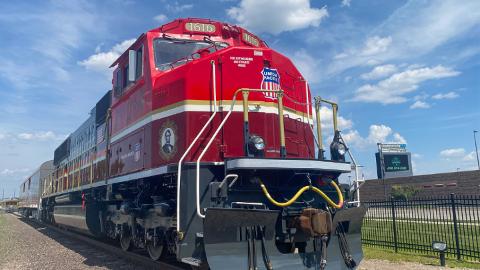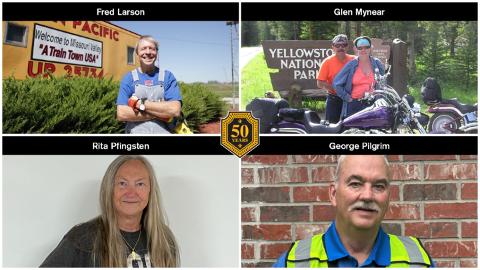Thanksgiving, 2016. It was the first time in nearly 20 years all my siblings and stepsiblings were together, and the topic turned to politics.
My stepsister from California touched a tremendously personal topic: air pollution and her right to breathe clean air.
In my job, I’d been involved in conversations about California air emissions for several years. After all the speeches, hearings and documents, my brain heard my stepsister’s passion differently. A lightbulb burned brighter in my mind: Not only was I hearing from a constituent of our regulators, that constituent was someone I loved.
Her comments live with me in my job to ensure Union Pacific complies with the federal Clean Air Act as well as state and local laws when it comes to operating across the railroad’s 32,000 miles. Our team takes compliance responsibility seriously – one of our members personally inspected 9,500 of those miles in her first two years.
Compliance at the railroad is a tall task. It involves every locomotive, vehicle, mobile equipment, generator and more. That equates to overseeing compliance for about 11,000 pieces of equipment that our company’s 31,000 employees operate.
When it comes to air, Union Pacific delivers powerful numbers. We move one ton of freight 454 miles on a single gallon of diesel fuel, and our trains are three to four times more fuel efficient than trucks. Since 2009, we have spent about $3.4 billion to purchase about 1,300 new, more fuel-efficient locomotives while retiring about 2,500 older locomotives. Nearly 95 percent of Union Pacific's locomotive fleet is equipped with automatic stop-start equipment to eliminate unnecessary idling.
Subscribe to Inside Track
We’ve been a pioneer in locomotive technology – from gas turbines in the 1950s to award-winning Genset locomotives, which reduce greenhouse gas emissions by as much as 37%, emissions of oxides of nitrogen by up to 80%, and emissions of particulate matter by 90%. UP was also one of the earliest operators of hybrid locomotives, called Green Goats.
In Chicago, our Gensets were the first freight locomotives to run to stringent EPA Tier 4 emissions standards. While all railroads now operate Tier 4 long-distance locomotives, we’re also the only Class I railroad to bring Tier 4 locomotives to yard operations. We partnered with the California Air Resources Board and two local air districts to bring those locomotives to fruition. We’re now working to prove their usefulness.
This year, we set an aggressive greenhouse gas reduction target through the Science Based Targets Initiative. That puts us on the ground floor of work to develop a Battery-Electric Locomotive that will advance our zero-emission vision.
The numbers and initiatives all point to the big picture of a company committed to protecting the environment. I’m thankful we look at the smaller picture, too – the local yards and operations that often sit close to neighborhoods that popped up after we arrived, many of which have some of the country’s lowest-income residents.
We placed Genset, Green Goat and Tier 4 switch locomotives in many of those yards. We manage an agreement we voluntarily reached with the California Air Resources Board to reduce locomotive emissions through 2030; we have met our commitment every year. To verify that we’re improving air at the local level, we completed emissions inventories at several California yards. These updates show we’ve reduced emissions of criteria pollutants more than 70% compared to 2005.
I value the company’s commitment to protect the environment. In evaluating existing and proposed regulations, I know that finding solutions is a complex task. It’s our job to find the best ideas that deliver a safe, reliable and cleanest possible outcome.
Our company’s vision is to “Build America for all generations by connecting our nation’s businesses and communities to each other and the world.” It’s our team’s job to make that happen in the air space. Together, we will deliver the right solutions and be the best neighbor possible for the communities we serve, and that includes my stepsister.

